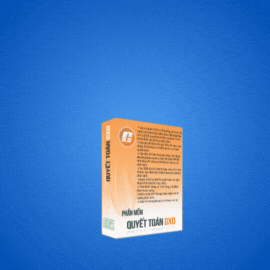A
aivanhoe
Guest
Subsurface Investigations and Geology.
The subsurface explorations are the first consideration from site selection through design. These investigations should be planned to gain full and accurate information beneath and immediately adjacent to the structure. The investigation program should cover the area of the foundation and, as a very minimum, extend 20 feet below the tip of the longest pile anticipated. The borings should be of sufficient depth below the pile tip to identify any soft, settlement-prone layers. The type of soil-boring will be determined by the type of soil profile that exists. In a clay layer or profile, sufficient undisturbed samples should be obtained to determine the shear strength and consolidation characteristics of the clay. The sensitivity of the clay soils will have to be determined, as strength loss from remolding during installation may reduce ultimate pile capacity. Shrink-swell characteristics should be investigated in expansive soils, as they affect both capacity and movement of the foundation. Since most structures requiring a pile foundation require excavation that changes the in situ soil confining pressure and possibly affects the blow count, the standard penetration test commonly performed in granular soils will probably be of limited use unless the appropriate corrections are made. It should be understood, however, that the standard penetration test is valid when applied properly. Where gravels or cobbles are expected, some large diameter soil borings should be made in order to collect representative samples upon which to determine their properties. An accurate location of the soil borings should be made in the field and a map provided in the design documents. An engineering geologist should be present during the drilling operation to provide field interpretation. The geologist must have the latitude to re-locate the borings to define the subsurface profile in the best way possible. Geologic interpretations should be provided in the design documents in the form of geologic maps and/or profiles. The profiles should extend from the ground surface to well below the deepest foundation element. The accompanying text and/or maps should fully explain the stratigraphy of the subgrade as well as its engineering geology characteristics.
The subsurface explorations are the first consideration from site selection through design. These investigations should be planned to gain full and accurate information beneath and immediately adjacent to the structure. The investigation program should cover the area of the foundation and, as a very minimum, extend 20 feet below the tip of the longest pile anticipated. The borings should be of sufficient depth below the pile tip to identify any soft, settlement-prone layers. The type of soil-boring will be determined by the type of soil profile that exists. In a clay layer or profile, sufficient undisturbed samples should be obtained to determine the shear strength and consolidation characteristics of the clay. The sensitivity of the clay soils will have to be determined, as strength loss from remolding during installation may reduce ultimate pile capacity. Shrink-swell characteristics should be investigated in expansive soils, as they affect both capacity and movement of the foundation. Since most structures requiring a pile foundation require excavation that changes the in situ soil confining pressure and possibly affects the blow count, the standard penetration test commonly performed in granular soils will probably be of limited use unless the appropriate corrections are made. It should be understood, however, that the standard penetration test is valid when applied properly. Where gravels or cobbles are expected, some large diameter soil borings should be made in order to collect representative samples upon which to determine their properties. An accurate location of the soil borings should be made in the field and a map provided in the design documents. An engineering geologist should be present during the drilling operation to provide field interpretation. The geologist must have the latitude to re-locate the borings to define the subsurface profile in the best way possible. Geologic interpretations should be provided in the design documents in the form of geologic maps and/or profiles. The profiles should extend from the ground surface to well below the deepest foundation element. The accompanying text and/or maps should fully explain the stratigraphy of the subgrade as well as its engineering geology characteristics.
Last edited by a moderator:








